
|
|
|
|
|
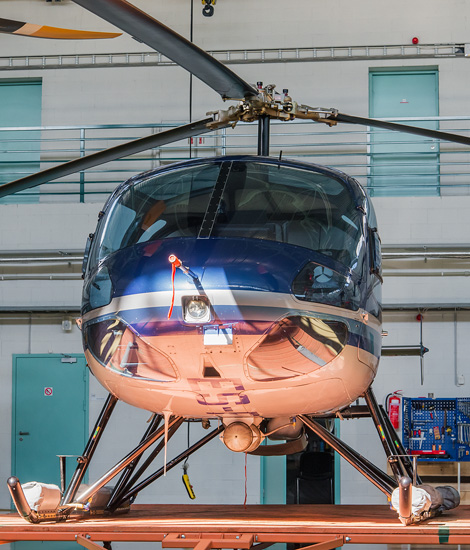
|
The Estonian Border Guard; Tallinn Airport, September 13, 2013
The Baltic States, part 8; Text and Photograph's by Alex van Noye
Since the establishment of the Estonian Border Guard in 1990, there are several planes and helicopters in service at the Estonian Border Guard Aviation Group (Piirivalve Lennusalk). The Border Guard has evolved over the years into a very modern organization which is guarding the borders and land interests of Estonia.
The Border Guard Aviation group of Estonia is since its founding in 1993 based at the international airport of Tallinn. The complex was built on the north side of the runway of the airport. At the beginning of 1990, Estonia became independent from the Soviet Union which had recently been fallen. The country was in a short time on its own and had the need for a protection force. To monitor the borders of Estonia it was decided to found the Border Guard (Eesti Piirivalve). The Border Guard was created as a part of the Ministry of Internal Affairs. The main task of the new unit is to monitor the borders and national security. The unit also received the national SAR task. The National Aviation Group (Riiklik Lennusalk) was established to patrol the borders and to perform the SAR mission in February 1993. The Border Guard received already in the same month 2 Let-410UVPT Turbolet aircraft. These 2 aircraft were donated by the German government to the Estonian Government within the framework of the reconstruction of the country. The 2 Let-410 aircraft came from the former East German Air Force and were obsolete in Germany since the reunification. The 2 aircraft were at that time used in Estonia for patrols along the borders with Russia. Four Mil Mi-8 "Hip" helicopters were purchased by the Border Guard in 1994. The Border Guard was pretty fast well equipped and ready to perform their duties. In April 1997, the National Aviation Group (Riiklik Lennusalk) was after a number of reforms renamed to Border Guard Aviation Group (Piirivalve Lennusalk).
In 2001, the Border Guard was extended with one Schweizer 300C helicopter. This helicopter was deployed on patrol flights and was used during searches. The helicopter is a two-seater lightweight helicopter and has only a small operational range. The Schweizer 300C has not served long as the helicopter was phased out in 2006. Since 2003, the Border Guard has 1 Cessna Ce172R. This light aircraft is used for patrolling at low altitudes. The Cessna is an ideal aircraft for patrols along the
|
|
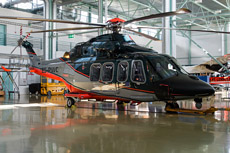
|
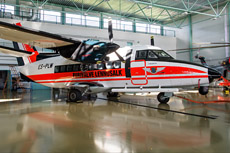
|
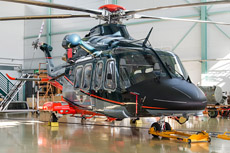
|
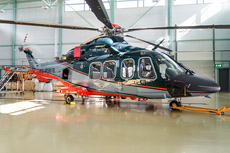
|
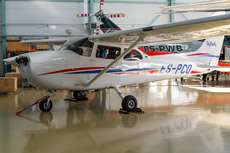
|
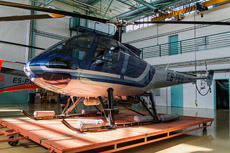
|
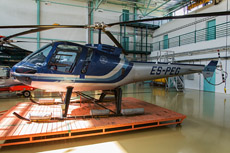
|
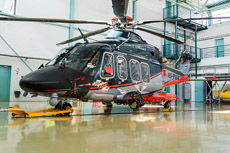
|
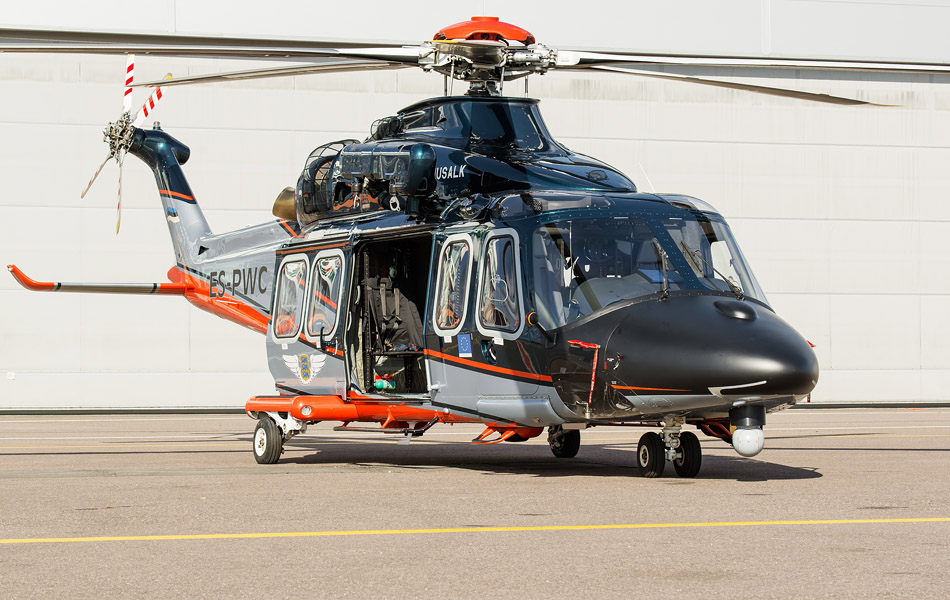
|
borders and is suitable for search missions. The Cessna was therefore an important addition to the Estonian Border Guard. In addition to the Cessna, there was also an Enstrom 480B helicopter purchased. This light helicopter is used for various environmental inspections in the country. The helicopter is equipped with various sensors to measure emissions and pollution. The Enstrom 480B is still in use at the Border Guard and is often used for its tasks. In 2005, it was decided to modernize the existing helicopter fleet. The Mi-8 helicopters were very old and were phased out gradually. In 2005 it was decided to purchase the Agusta-Westland AW139. The first helicopter was delivered to the Border Guard in August 2007. A second helicopter was commissioned in 2006 and was eventually delivered in 2008 at Tallinn Airport. Finally, there was a third helicopter ordered in December 2008. The last helicopter out of this series was delivered to the Border Guard of Estonia on February 15, 2011.
The AW139 is the main helicopter of the Estonian Border Guard. It is the most versatile helicopter in the fleet. The AW139 has been developed by the Italian/British Agusta-Westland and was built in Italy. The helicopter is a medium transport helicopter which can be used for SAR duties. The AW139 is dedicated to the SAR task in Estonia and is equipped with a winch on the right-hand side of the helicopter. The Border Guard helicopters are also equipped with a FLIR pod under the nose. The AW139 also features a large searchlight that can be fitted on the left side next to the cockpit. The helicopters are also all equipped with the FIPS (Full Icing Protection System); the helicopter can with the help of this system be deployed everywhere in the country during the harsh winters. The AW139 also features Night Vision Goggles (NVG) for searches during the dark hours. Also, the helicopter is equipped with a number of other modern systems, such as; Traffic Collision Avoidance System (TCAS), radar, emergency floats which can be mounted, life rafts which can be dropped above sea and opportunities for fast rope operations for Special Forces. The Border Guard of Estonia is very happy with this helicopter, because it can be used for almost every job. The AW139 has become a necessary tool since Estonia is a member state of the Schengen Treaty since 2007. Since the AW139 was introduced, the helicopter has already participated in several successful SAR operations.
As of September 11, 2013, the Border Guard of Estonia has a new complex at the airport of Kuressaare. This airport is located on the island of Saaremaa in western Estonia. It is intended this airfield will permanently be controlled by the Border Guard and 1 AW139 is permanently stationed at this airfield. The building and the platform are new and are built specifically for the Border Guard. Initially, the AW139 will be a part of the year stationed at this airfield, but in the future the helicopter will be placed here permanently. The detachment of the Border Guard at the airport will reduce the response time during an SAR scramble. Previously there was already a test performed with helicopters at this airfield. The Border guard was housed in a rented complex where the ground equipment for the helicopter could be accommodated. This trial was successful and therefore it was decided to build the new complex at the airport of Kuressaare. The construction of the new Border Guard hangar was started in 2010. Now, more than 3 years later, the complex is finally delivered to the Border Guard. Missions can be executed much easier now, because many Border Guard missions are flow in this area of Estonia. Especially SAR tasks play an important role in this area which is close to the Baltic Sea. The importance of a permanent SAR helicopter detachment in this region is important. With a very modern fleet of helicopters and several patrol aircraft, the Border Guard of Estonia is well equipped for the tasks which they need to perform daily.
|
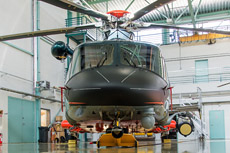
|
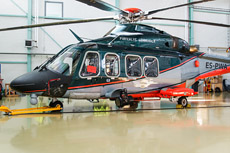
|
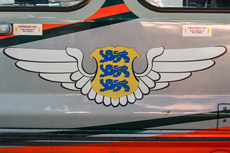
|
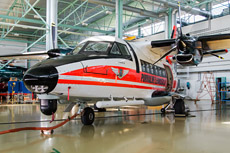
|
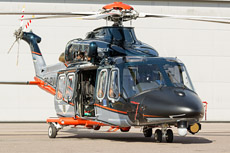
|
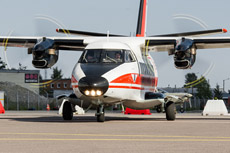
|
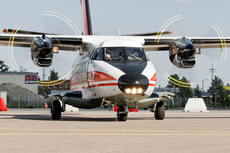
|
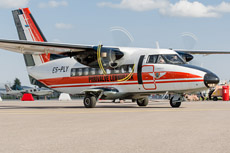
|
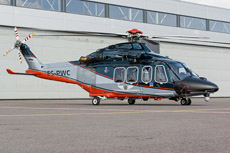
|
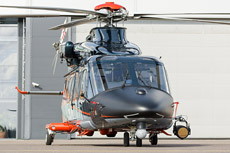
|
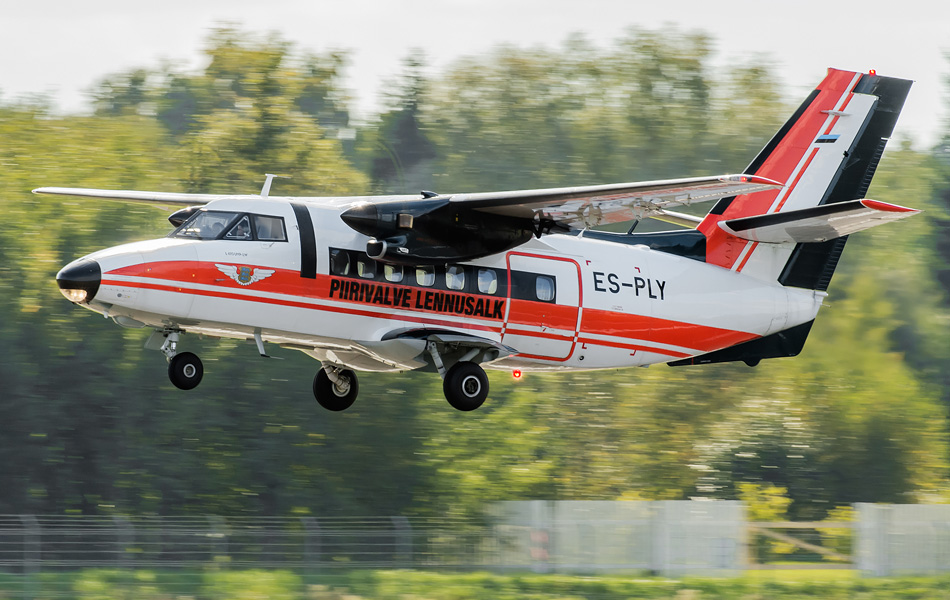
|
|
|

|







